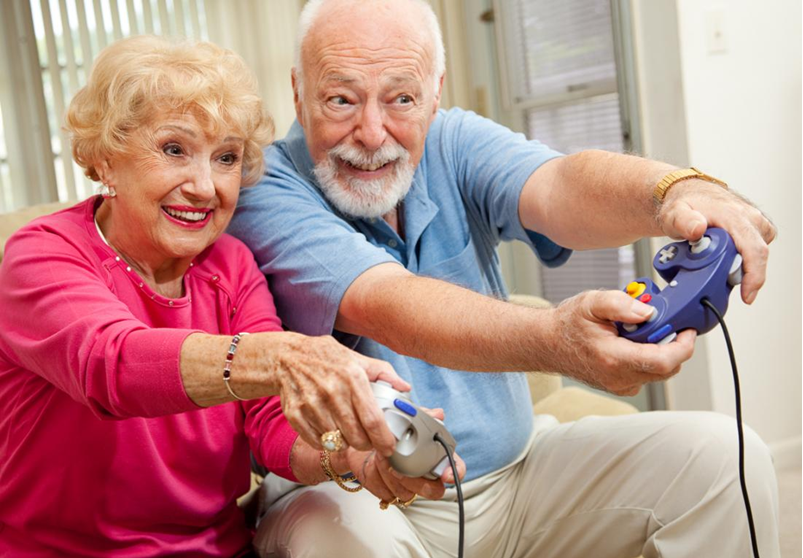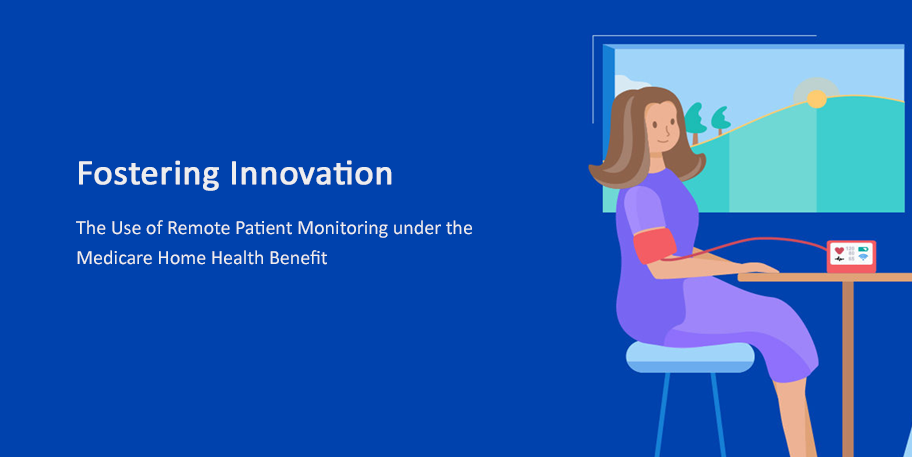There are numerous health benefits to being outside. Along with the benefits of physical activity and exercise, getting vitamin D from the sun is also essential for maintaining good bone health. With the height of summer in full swing, it’s now more important than ever that caregivers or children of elderly parents are aware of the dangers that the extreme summer weather can pose. In addition, we will cover some practical measures that they can take to ensure that their loved ones avoid any falling injuries while enjoying the physical benefits of being outdoors.
Serious dangers and risk factors of senior falling-related injuries
Eleanor Kusel, a 75-year-old woman from San Francisco fractured her pelvis as a result of falling while getting out of her car. Kusel had to undergo three months in bed rest therapy, before she could finally move gradually back into her daily activities. Unfortunately, many elderly Americans who receive serious injuries like Kusel’s lose the ability to live independently because of their injuries, and almost 50% cannot fully recover. A study done by Yale University School of Medicine found that household hazards were not the major cause of falling injuries in cases of senior falling-related accidents. Although having slippery rugs or small objects lying around can certainly cause accidents, health issues such as poor vision, weak leg muscles, and strong medications were larger risk factors for falling because they negatively affected or eliminated a person’s sense of balance and strength to stabilize themselves.
Compared to the inside of someone’s home, being outside can include walking through unexpected rocks and puddles, which is common when the weather is humid and prone to bouts of rainfall. If unprepared, these outdoor elements can add many tripping and slipping hazards to a simple walk. However, going for walks and getting exercise outdoors is still very much a possibility for seniors. Being prepared and only going outside during ideal hours are good methods that seniors can implement so that they can continue to get the physical exercise they need to prevent falling in the future.
Prevent falls by staying fit to gain strength and balance
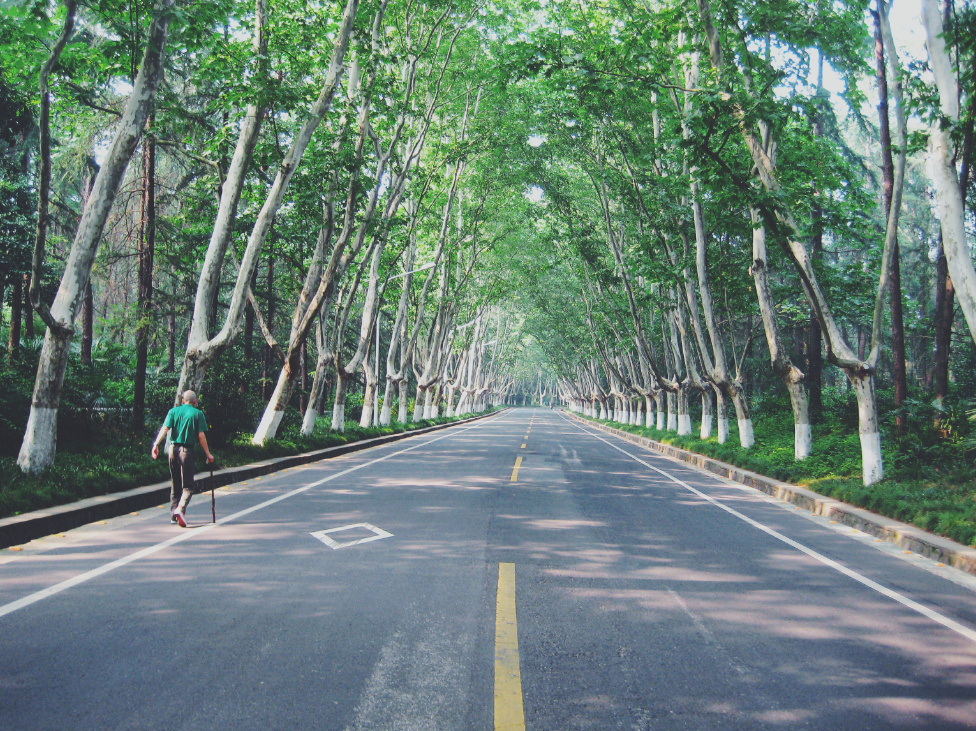
The key to preventing fall-related injuries in seniors is getting exercise and maintaining leg muscle strength. The little challenges that come with walking outside can actually help to improve your overall physical health. Physical activity is important for people of all ages, but for elderly people, remaining active can prevent falls and physical injuries by helping them gain leg muscle strength to help stabilize and improve balance. Weak leg muscles and a poor sense of balance are a couple of the biggest causes of serious senior falling injuries. Seniors should also consider wearing flat, wide-toed shoes or shoes with good support and thin, non-slip soles for extra balance when going for walks outside. In the cases of thunderstorms or other severe weather, remain indoors until it passes. Thunderstorms often scatter branches and create excessively muddy areas that are not productive to walk in. Many seniors also take up Tai chi because it builds better balance and strength, and it could also be practiced at home or outside when the weather is suitable.
Keep hydrated to decrease the risk of falls and injury in hot weather
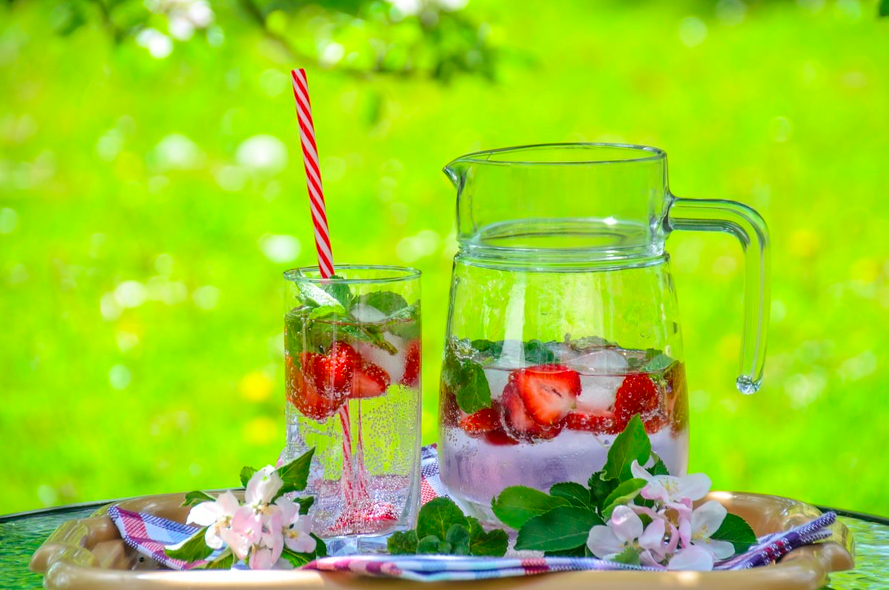
Hot weather can result in dehydration or other heat-related illnesses. These conditions often cause disorientation and dizziness, which can result in falling and injury. Dehydration is a risk factor of senior falls because it can cause poor physical reaction at the time of a physical injury, and it could also delay the recovery process after an injury is sustained. Seniors are particularly at risk for fall-related injuries brought on my dehydration, so it is very important to stay adequately hydrated throughout the day. In addition to drinking enough water throughout the day, planning morning or evening walks outdoors when the sun and heat are less intense is another good way to avoid dehydration and illnesses brought on by heat. Eating calcium-rich foods or taking calcium supplements also helps build bone strength and speed up bone recovery in addition to reducing the risk of hip fractures.
Embrace innovative technologies to prevent and minimize fall-related injury
Roy Atamanuk, a 73-year-old retired lawyer from St. Catharines recalls his bewildering fall on a Thanksgiving night during a visit at his daughter’s home in Buffalo. Atamanuk remembers wondering what had happened as he lay on the floor. He felt at a loss for any action that could prevent similar incidents from happening again in the future. Fortunately, researchers and engineers have acknowledged Atamanuk and the one-third of American seniors that experience one fall each year. Simon Fraser University researchers say that innovative technologies can significantly reduce the $3-billion cost of fall-related injuries that the Canadian government is billed each year. Innovative technologies such as energy-absorbing bouncy flooring, hip-protectors, and integrated emergency alert systems like SafetyAnchor offer at-risk seniors with safety measures that help prevent or minimize injuries and complications that result from falls. While specialty flooring is targeted for in-home falls, hip-protectors and alert systems can also provide protective measures outdoors. SafetyAnchor offers personal protection anywhere, and at-risk seniors can feel safe getting the exercise they need, while knowing that loved ones and caretakers are always within reach at any time of the day (read How SafetyAnchor Works or watch the video tutorial). These preventative technologies can ensure caretakers the safety and protection of their loved ones, and they can also protect institutions and facilities by securing the safety of their valued long-term residents.
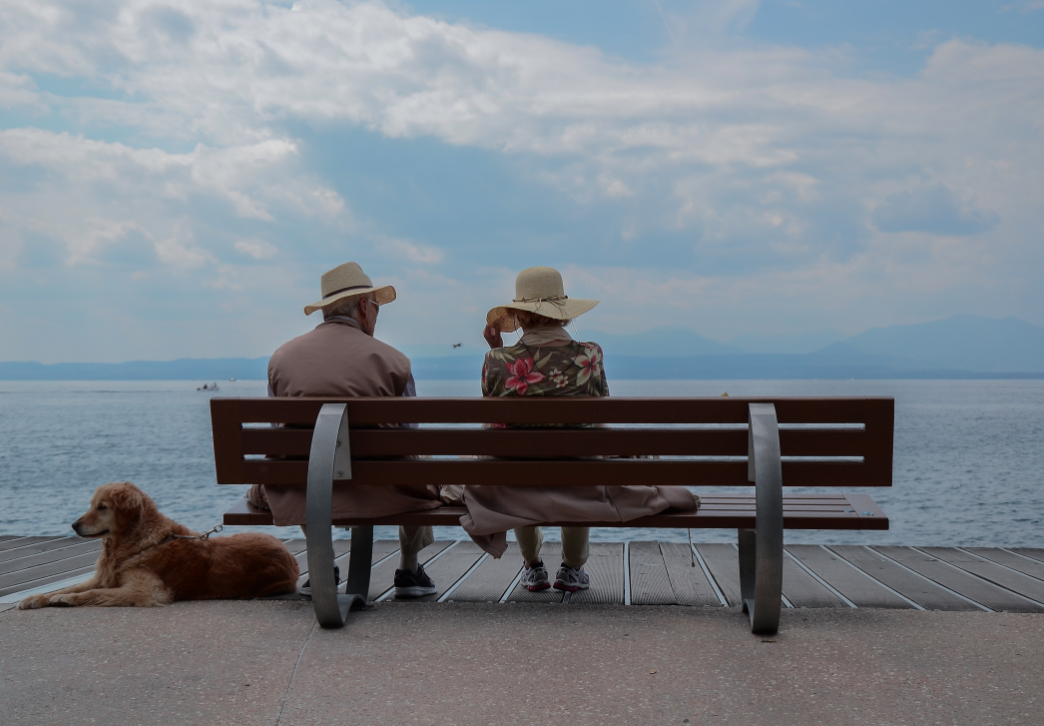
Related Articles:
Critical Wandering: The Real Danger of Alzheimer’s
Sources:
https://www.ncoa.org/news/resources-for-reporters/get-the-facts/falls-prevention-facts/
https://www.ncbi.nlm.nih.gov/pubmed/21970910
https://healthcare.utah.edu/healthfeed/postings/2015/06/062415_summer.falls.php
https://www.alzinfo.org/articles/people-alzheimers-high-risk-falls-injury/
https://www.ncbi.nlm.nih.gov/pmc/articles/PMC2290997/
https://www.safetylabs.org/b2c/index#seniors
https://www.youtube.com/watch?v=MPsJU2uwOs0
https://www.safetylabs.org/default/working#how_does_safety
Photo Courtesy:
[1] https://unsplash.com/search/elderly?photo=YDIgMrc7Xsc



